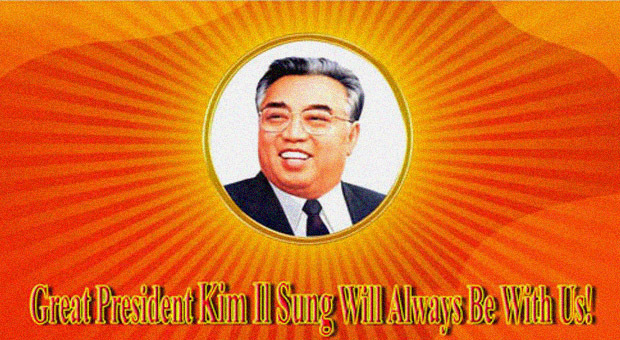Kim Il Sung, just six-years old, watched as thousands of protestors screamed: “Long live the independence of Korea!” Caught up in the excitement of the March 1, 1919 rally, the young boy ran barefoot after the group, straw sandals in hand—anxious to keep up. As the throngs reached Potong Gate in western Pyongyang, shots rang out. Japanese forces charged the protestors with unforgiving bloodshed. Innocents died.
Seventy years later, the North Korean leader remembered that moment vividly: “…the demonstrators resisted the enemy fearlessly, becoming human weapons…This was the first time I saw one man killing another.”
Kim Il Sung, just six-years old, watched as thousands of protestors screamed: “Long live the independence of Korea!” Caught up in the excitement of the March 1, 1919 rally, the young boy ran barefoot after the group, straw sandals in hand—anxious to keep up. As the throngs reached Potong Gate in western Pyongyang, shots rang out. Japanese forces charged the protestors with unforgiving bloodshed. Innocents died.
Seventy years later, the North Korean leader remembered that moment vividly: “…the demonstrators resisted the enemy fearlessly, becoming human weapons…This was the first time I saw one man killing another.”
Become a member for less
than $5.75 per week.
Unlimited access to all of NK News: reporting, investigations, analysis
The NK News Daily Update, an email newsletter to keep you in the loop
Searchable archive of all content, photo galleries, special columns
Contact NK News reporters with tips or requests for reporting
Get unlimited access to all NK News content, including original reporting, investigations, and analyses by our team of DPRK experts.
Subscribe now
All major cards accepted. No commitments – you can cancel any time.












